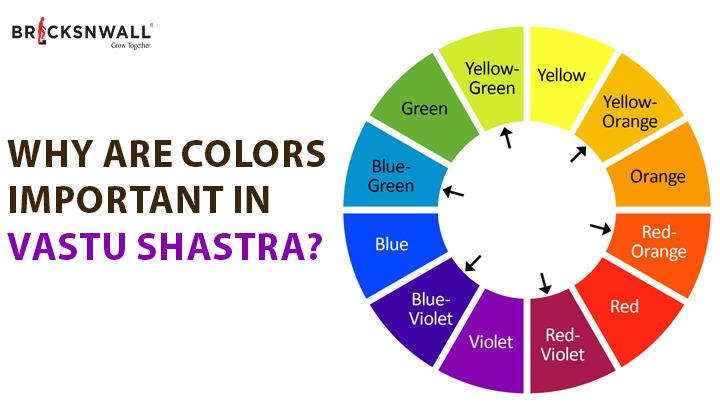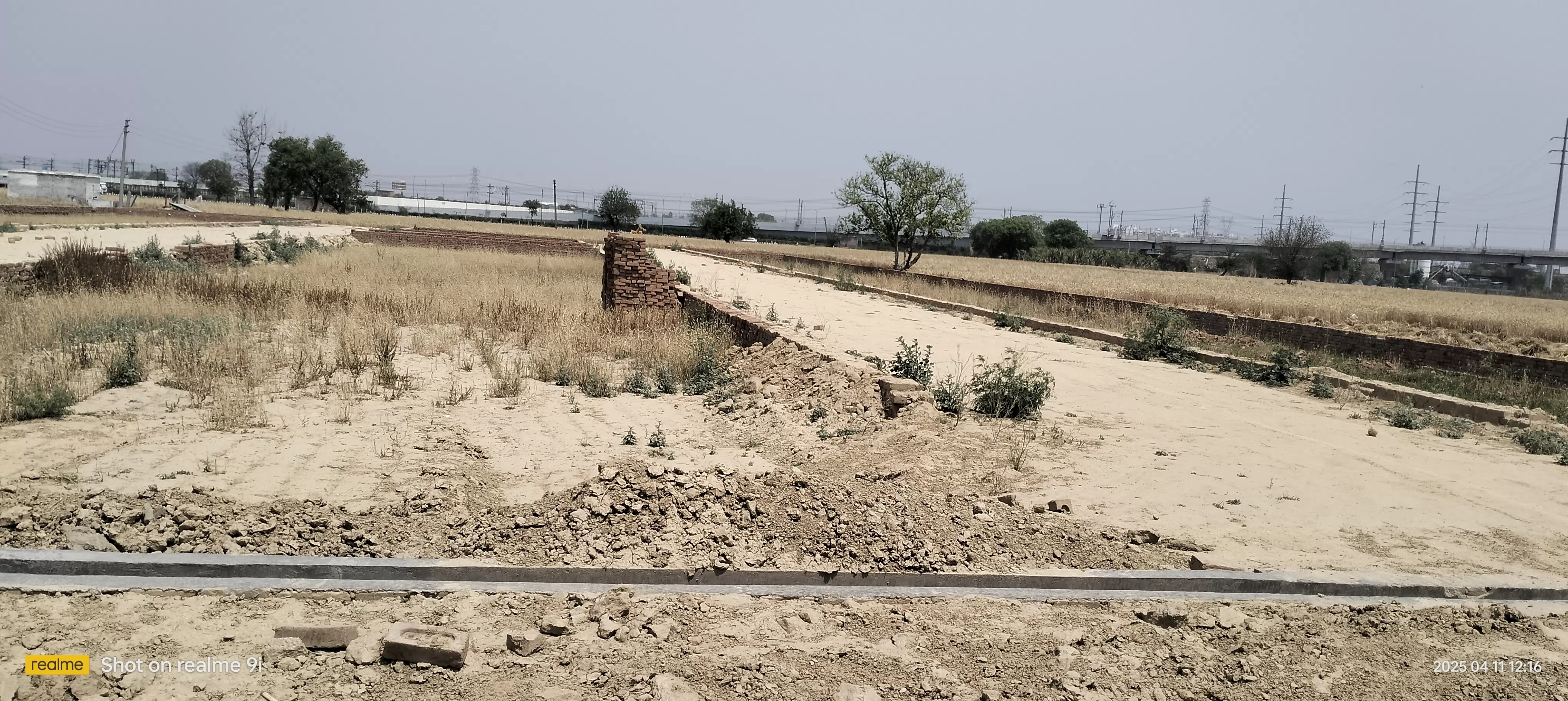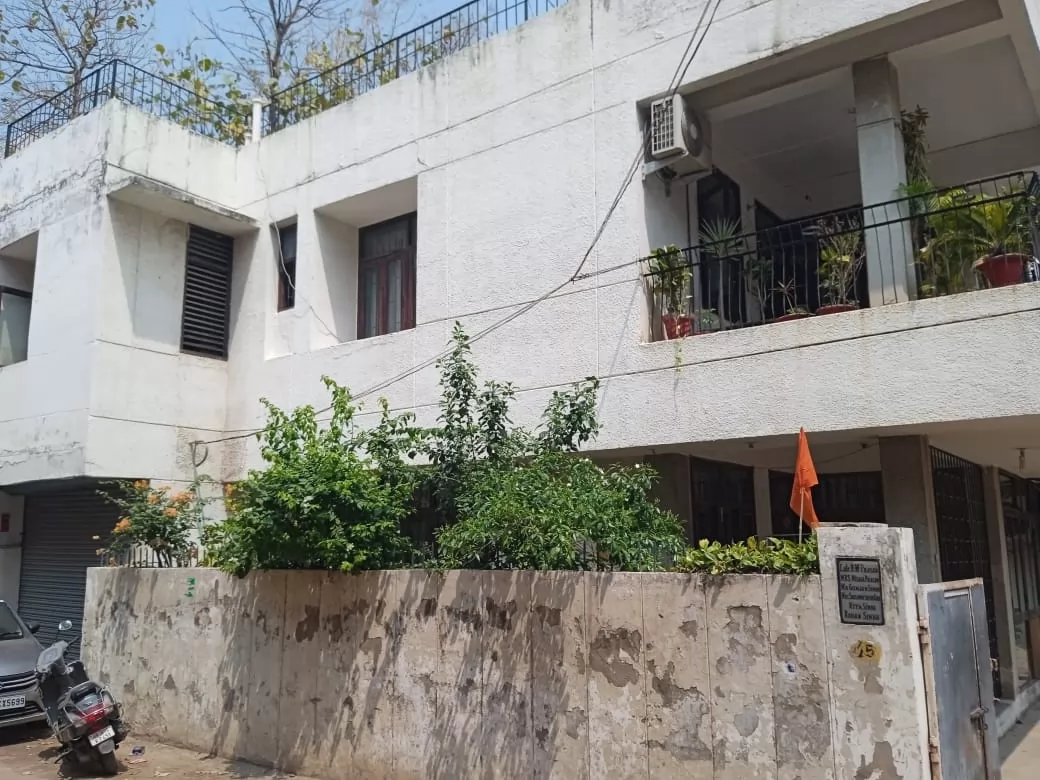Why Are Colors Important in Vastu Shastra?
Bricksnwall Trusted Experts

The harmony
between people and their homes is emphasised by the ancient Indian
architectural theory known as Vastu Shastra. It holds that our physical,
mental, and emotional health are significantly impacted by the energy flow in
our environment. The use of colour can influence the energy flow, increase good
vibes, and help create a harmonic and balanced environment.
Colours have
the ability to provoke feelings and establish a particular mood in a room.
According to Vastu Shastra, each colour
has its own special qualities and effects as well as associations with
particular elements.
Red:
Red, which
is linked to the fire element, stands for strength, passion, and vigour. It
generates passion and energises people. Red is frequently utilised in Vastu
Shastra to promote physical activity and energy flow in areas like the dining
room or the workout space. To prevent overstimulation, it should, however, only
be used occasionally.
Yellow:
Yellow is
the colour that symbolises the earth element and is linked to intelligence,
optimism, and creativity. It makes a room feel cosy and vibrant. For spaces
that support cerebral activity, like study rooms or home offices, Vastu Shastra
suggests using the colour yellow. It encourages mental development, clarity,
and focus.
Blue:
The colour
blue is linked to the water element and stands for emotional harmony,
tranquilly, and peace. It helps with relaxation and stress reduction and has a
calming impact on the psyche. In Vastu Shastra, blue is frequently utilised in
bedrooms or meditation spaces to create a calm atmosphere suitable for
relaxation and renewal.
Green:
The colour
green stands for the wood element and denotes development, harmony, and
balance. It is connected to nature and has a calming and revitalising impact.
Green is advised for locations like living rooms or garden areas where harmony,
rejuvenation, and healing are required. It encourages a feeling of well-being
and a bond with nature.
Orange:
Orange, a
colour related to the fire element, stands for zeal, cosiness, and optimism. It
fosters happiness and creativity. Orange is frequently utilised in Vastu
Shastra in locations like living rooms or entertainment hubs where people
congregate and have lively talks. It encourages a lively atmosphere and
wholesome social interactions.
White:
White
represents cleanliness, clarity, and purity. It is linked to the metal element
and stands for a feeling of openness and space. White reflects light and gives
the impression that space is greater. White is suggested in Vastu Shastra for
small or confined spaces to produce an airy and expansive feeling.
While these
are the fundamental connections between colours according to Vastu Shastra,
it's important to keep in mind that when picking colours for a place,
individual preferences and particular requirements should also be taken into
account. It's essential to strike a balance and come up with a harmonious
colour scheme that speaks to the residents and their objectives.
Conclusion:
In a broader sense colours greatly influence our feelings, overall health, and the energy of our environment. According to Vastu Shastra, colours should be carefully picked and used to bring harmony, balance, and good vibes into our homes. We may improve energy flow and create an environment that fosters our physical, mental, and emotional development by using the appropriate colours. So let's embrace the power of colour and explore how Vastu Shastra can help colours transform our life.




